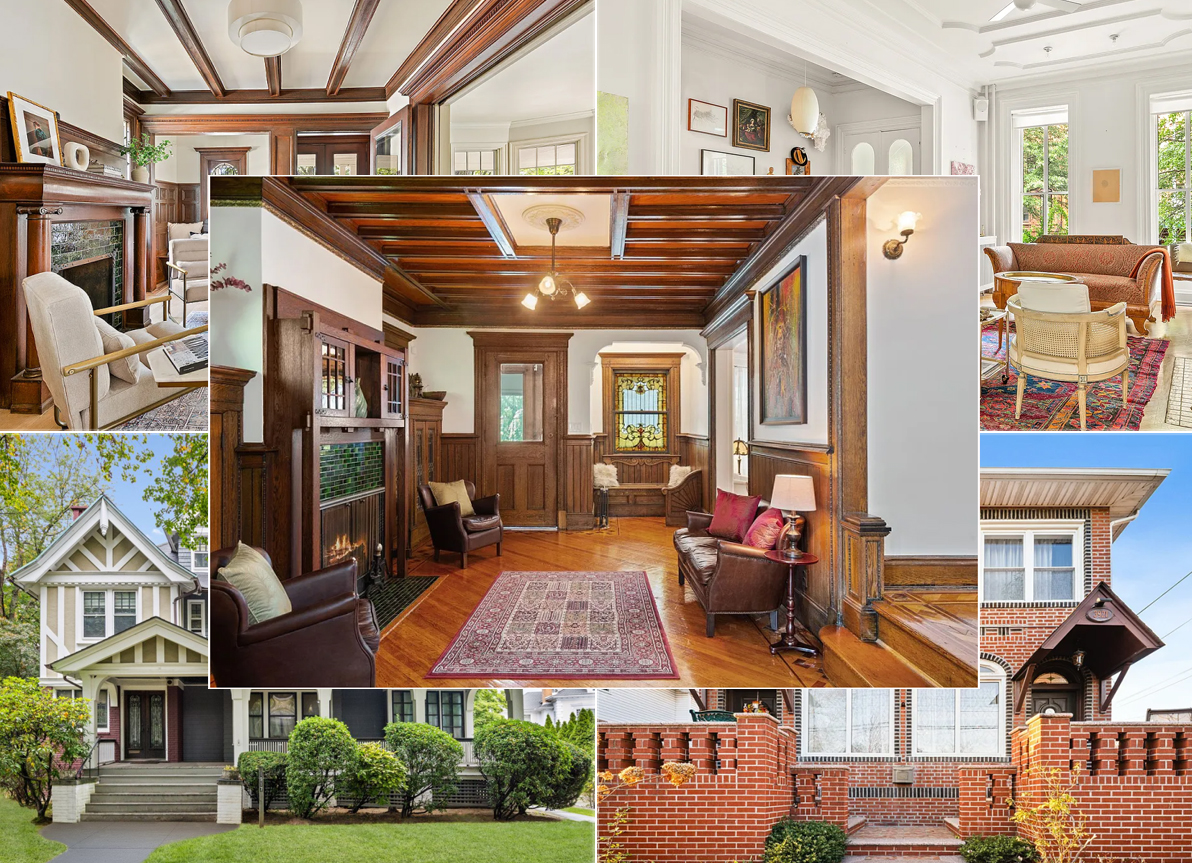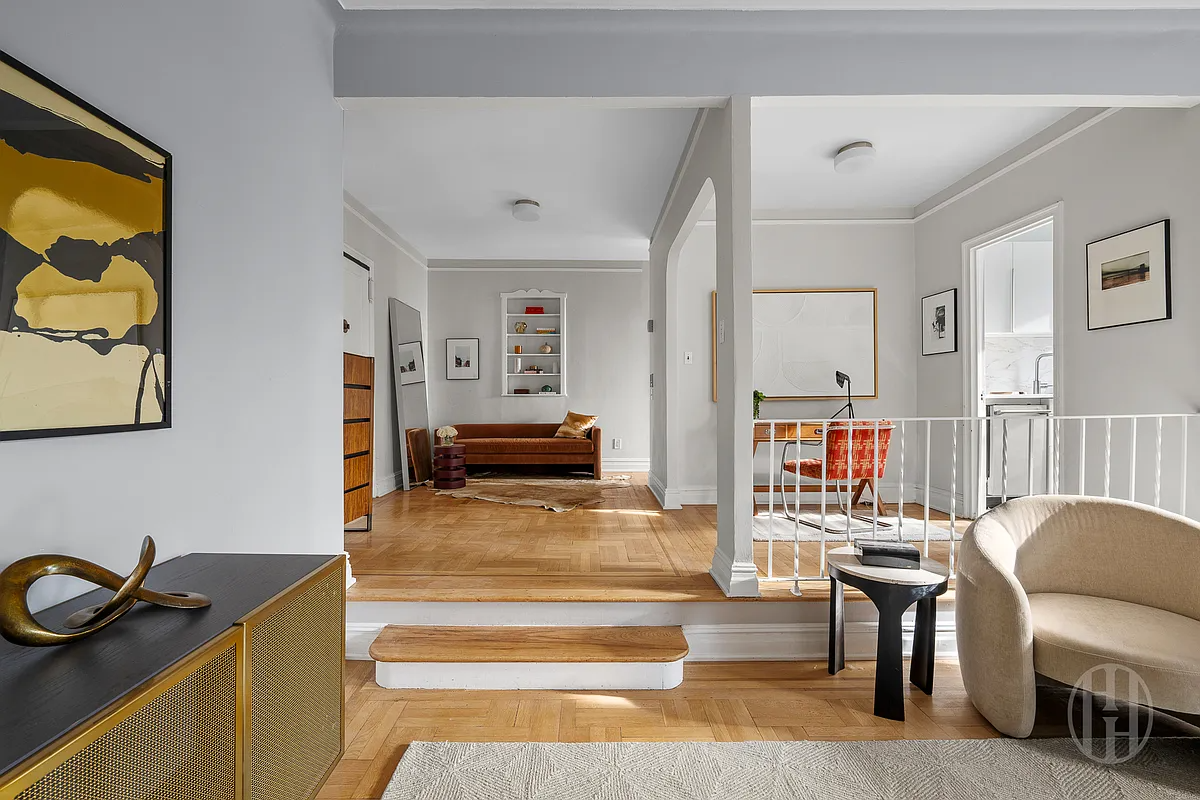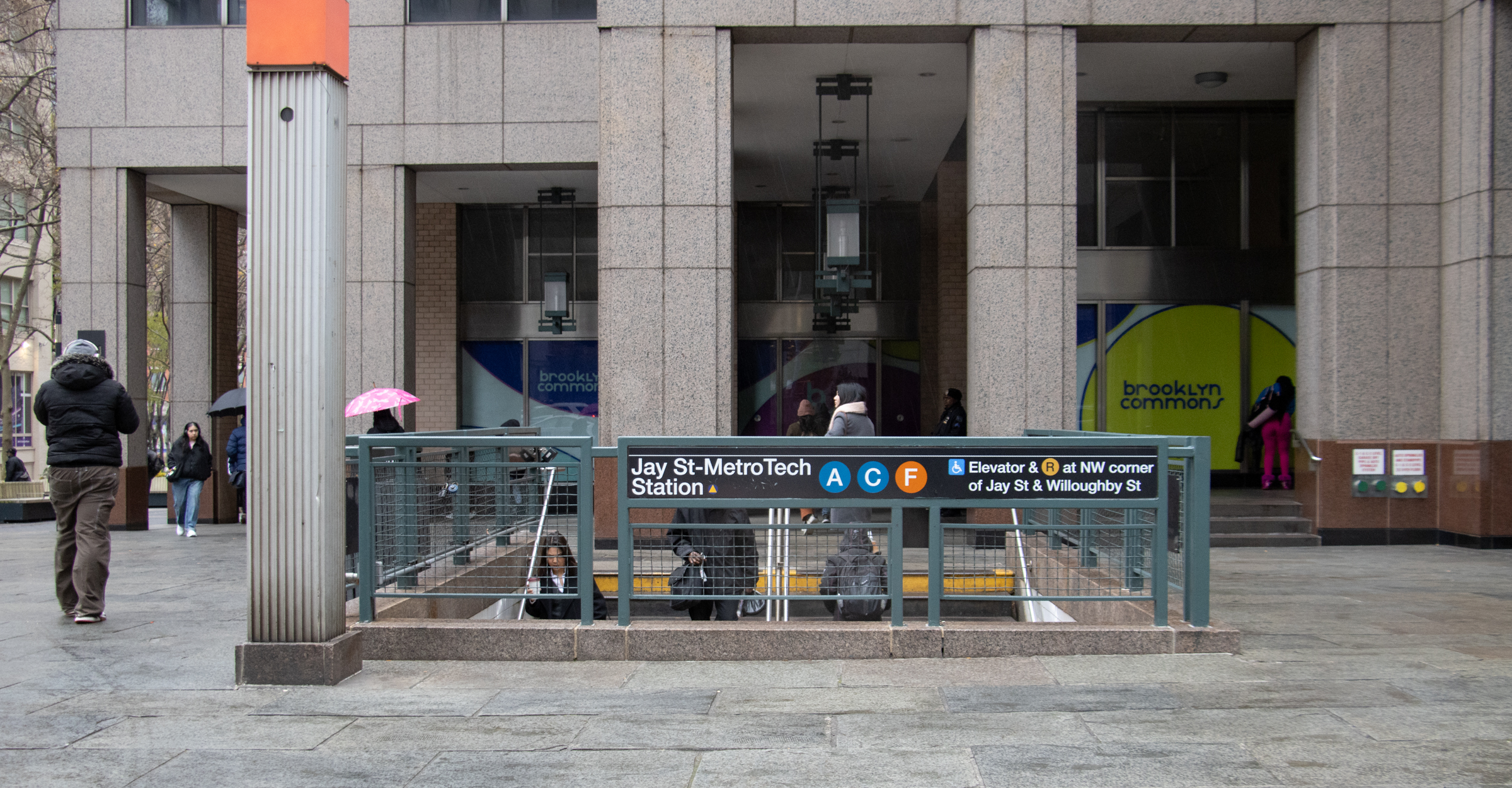348 Clermont Avenue Getting Demolished
File this one under “Gigantic Bummer.” Following a November 2009 determination by the Department of Buildings that 348 Clermont Avenue was unsafe and needed to be torn down, HPD contractors arrived yesterday to begin demolition of the long-neglected brownstone. (You can see some interior photos in this old post.) The building, which is within the…


File this one under “Gigantic Bummer.” Following a November 2009 determination by the Department of Buildings that 348 Clermont Avenue was unsafe and needed to be torn down, HPD contractors arrived yesterday to begin demolition of the long-neglected brownstone. (You can see some interior photos in this old post.) The building, which is within the Fort Greene Historic District, only abuts one other house, also a brownstone, which will be protected as part of the demolition. The silver lining, if you can call it that, is that the Landmarks Preservation Commission is suing the owner for the full market value of the property in an effort to prevent him from profiting from the neglect and as a deterrent to other homeowners who might consider a similar course of inaction. Let’s hope they make an example of him. And before anyone starts crying us a river, this isn’t even a case of some old-timer who couldn’t afford to fix up his house: This place has changed hands (at least) four times since 2006 for prices ranging from $499,000 to $1,500,000. Smell a rat? Check out the transaction history on the jump.
House of the Day: 348 Clermont Avenue Shell [Brownstoner] GMAP






thwackamole- landmarking has also stabilized neighborhoods and protected housing values. everything comes with a social cost- but building crap housing with high density comes with an even worse psychological impact.
I hope the LPC sues more property owners who leave their buildings empty and rotting, because it is the neighbors and community that pays the price. And I don’t mean struggling homeowners who are desperate- i mean property owners who take no responsibility, and basically turn their backs.
“Landmarking has real social cost and hurts the poor; it is fundamentally undemocratic.”
Posted by: thwackamole1 at March 9, 2010 10:35 AM
Creating housing at sub-market prices has real economic costs (which have real sopcial costs), and is also fundamentally undemocratic. Let’s find a balance where we preserve the character and beauty of our historic city while at the same time we provide affordable housing and maintain economic diversity as best we can. They are not mutually exclusive outcomes. If this approach is considered snobbery, I hold high my nose proudly in the air.
Excellent statement Montrose!
Landmarking hurts the poor and is undemocratic? Ridiculous!
In this case, the neighbohood is the loser, and has been the loser for years while this property slowly deteriorated and died, while people made money on its decaying corpse. The owner of the house next door has been on the losing end just as long, as the threat of collapse made it a good likelyhood that his property could be torn down as well. Row houses were built to stand in rows, not singly, structurally engineered to be the sum of the whole. What about his/her rights?
LPC is doing the right thing here, especially in sending a message that it is not alright to let your building sit and rot, while you wait for the neighborhood to gentrify, or use the building as an ATM for countless years, while giving nothing back. This building, like the larger one Bxgrl mentioned, is not providing housing to anyone, not doing anything except becoming more dangerous to the public.
This is not like the MacDonough houses, which were occupied and well taken care of, this is a case of demolition by neglect. I hope the owner of the Prospect Place apt building across from Brower Park is listening too, because the community has had enough. And we’re not a bunch of rich complainers, we’re a working class community with pride in our historic legacy, and we’d like to see the building restored and put to work housing families.
I saw the interior about 10 years ago.
It was a structural mess.
A lot of missing beams.
Glad I passed on this one.
cue benson…
For a deja-vu moment, take a look at Clark St. and Monroe Place in BH.
Mole — what are you talking about? The landmark nature of the building had nothing to do with whether the building could be used as “denser” housing — it was an SRO which is about as dense as you can get on this footprint of a lot.
Hopefully the building will be dismantled rather than demolished. The beams, the framing, the bricks the brownstone facade, the sills, lintels, the cornice, and any period iron work should be re-used in repairs, both traditional and innovative on other buildings. It doesn’t belong in landfills. 300 years of dumping building materials in this country has got to end.